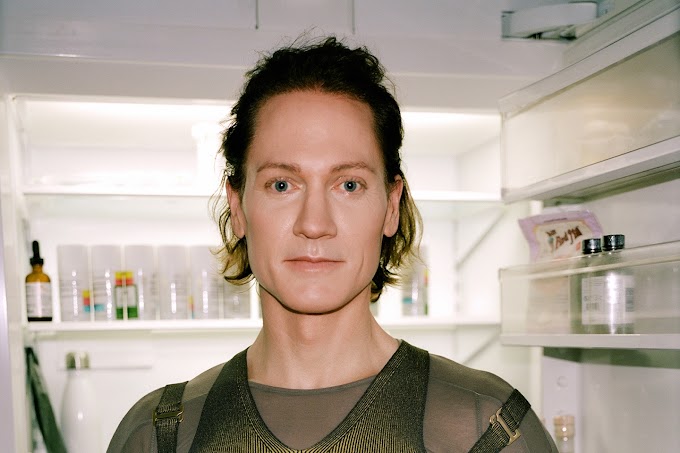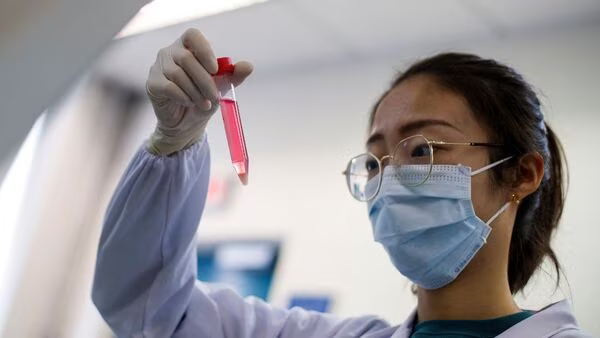Australian scientists have discovered an enzyme in bacteria that can convert air into energy, which could offer a new clean source of power. The enzyme, called Huc, can turn hydrogen gas into an electrical current and has the potential to be used in small air-powered devices.
Fig. Mycobacterium
How Huc Works
The research team produced and analyzed a hydrogen-consuming enzyme from a common soil bacterium called Mycobacterium smegmatis. They found that this enzyme, called Huc, uses the trace amounts of hydrogen in the atmosphere to create an electrical current, making it a "natural battery" that produces sustained energy from air or added hydrogen.
Huc's Efficiency
Huc is extraordinarily efficient, even consuming hydrogen below atmospheric levels, as little as 0.00005% of the air we breathe. Recent work by the team has shown that many bacteria use hydrogen from the atmosphere as an energy source in nutrient-poor environments.
Huc's Molecular Blueprint
The researchers used several cutting-edge methods to reveal the molecular blueprint of atmospheric hydrogen oxidation. They used advanced microscopy (cryo-EM) to determine its atomic structure and electrical pathways, pushing boundaries to produce the most resolved enzyme structure reported by this method to date.
The team also used a technique called electrochemistry to demonstrate the purified enzyme creates electricity at minute hydrogen concentrations.
Stability of Huc
Laboratory work performed by Ashleigh Kropp, a PhD student at Monash University, shows that it is possible to store purified Huc for long periods. Huc is astonishingly stable and can be frozen or heated to 80 degrees Celsius, retaining its power to generate energy.
The Potential of Huc
While this research is at an early stage, the discovery of Huc has considerable potential to develop small air-powered devices, for example, as an alternative to solar-powered devices. According to Professor Chris Greening from Monash University, "We've known for some time that bacteria can use the trace hydrogen in the air as a source of energy to help them grow and survive, including in Antarctic soils, volcanic craters, and the deep ocean. But we didn't know how they did this, until now."








2 Comments
Great research towards sustainability🤟
ReplyDeleteRevolutionary findings.🦠✨🤏🔥
ReplyDelete